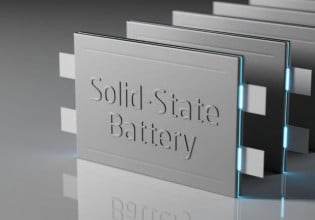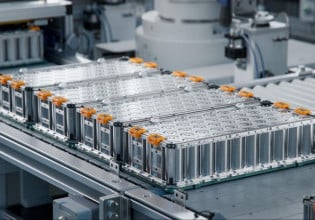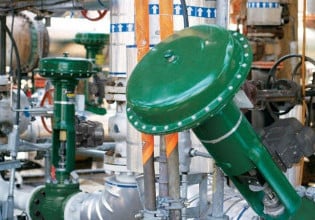Researchers Work to Develop a New Electrolyte for Solid-State Battery Stabilization
Researchers from Chalmers University of Technology and Xi'an Jiaotong University are working together to create a new, soft electrolyte for improving solid-state battery stabilization.
While lithium-ion batteries have become an industry-standard. However, with all the research being done in the realm of other battery technologies, solid-state batteries are moving toward becoming a more useful and feasible option.
EVs and hybrids typically rely on electric motors powered by lithium-ion batteries. These types of batteries are industry-standard but may not always be the best in terms of efficiency, sustainability, and performance. The liquid electrolyte component of Li-Ion batteries can come with a suite of issues. The liquid is flammable and can be ignited or explode in an accidental situation.
Depending on the electrolyte mixture, the liquid within lithium-ion batteries can be toxic and harmful to the environment. Additionally, the batteries bleed a large amount of heat, and delivery of peak charge deteriorates over time.
The use of a solid electrolyte in a solid-state battery was formulated as one solution, despite some still-needed research. However, researchers from Chalmers University of Technology in Sweden and Xi'an Jiaotong University in China have been working on the creation of a "butter-like" substance to serve as a new effective electrolyte in solid-state batteries.
University researchers working in their laboratory. Image used courtesy of Chalmers
In current solid-state batteries, you may find a layer of metal lithium with a ceramic electrolyte layer placed on top. This layer is the solid electrolyte responsible for the ferrying of lithium ions between the electrodes of the battery. Despite being effective, the solid electrolyte is not most efficient at maintaining the integrity and performance of a solid-state battery.
When energy is extracted from a battery cell very quickly during fast charge or discharge, dendrite formation can occur. This is where networks of lithium branch out and grow through the solid, ceramic electrolyte during battery charging. This causes a short circuit which in turn reduces performance. This caveat and a process called void creation have prevented the mass commercialization of these batteries.
The soft, spreadable interlayer in the battery cell. Image used courtesy of Chalmers
Together, Chalmers Professor Aleksandar Matic, along with Professor Song's research group in Xi'an, and Chalmers researcher Shizhao Xiong, have been working on formulating a soft, spreadable, ‘butter-like’ substance to use as an interlayer to stabilize the interface of solid-state batteries. The spreadable substance was formulated by using nanoparticles of the ceramic electrolyte, LAGP, which was then mixed with an ionic liquid. This liquid surrounds the LAGP particles and provides the interlayer with its soft and protective qualities. It is hoped that the use of this interlayer will provide a solution to the problem of battery stability at practical and high current densities. If this proves to be an effective solution, the resulting technology could revolutionize EVs of the future.
In a news release, Professor Matic said that the new ‘butter-like’ electrolyte “is an important step on the road to being able to manufacture large-scale, cost-effective, safe and environmentally friendly batteries that deliver high capacity and can be charged and discharged at a high rate.”






